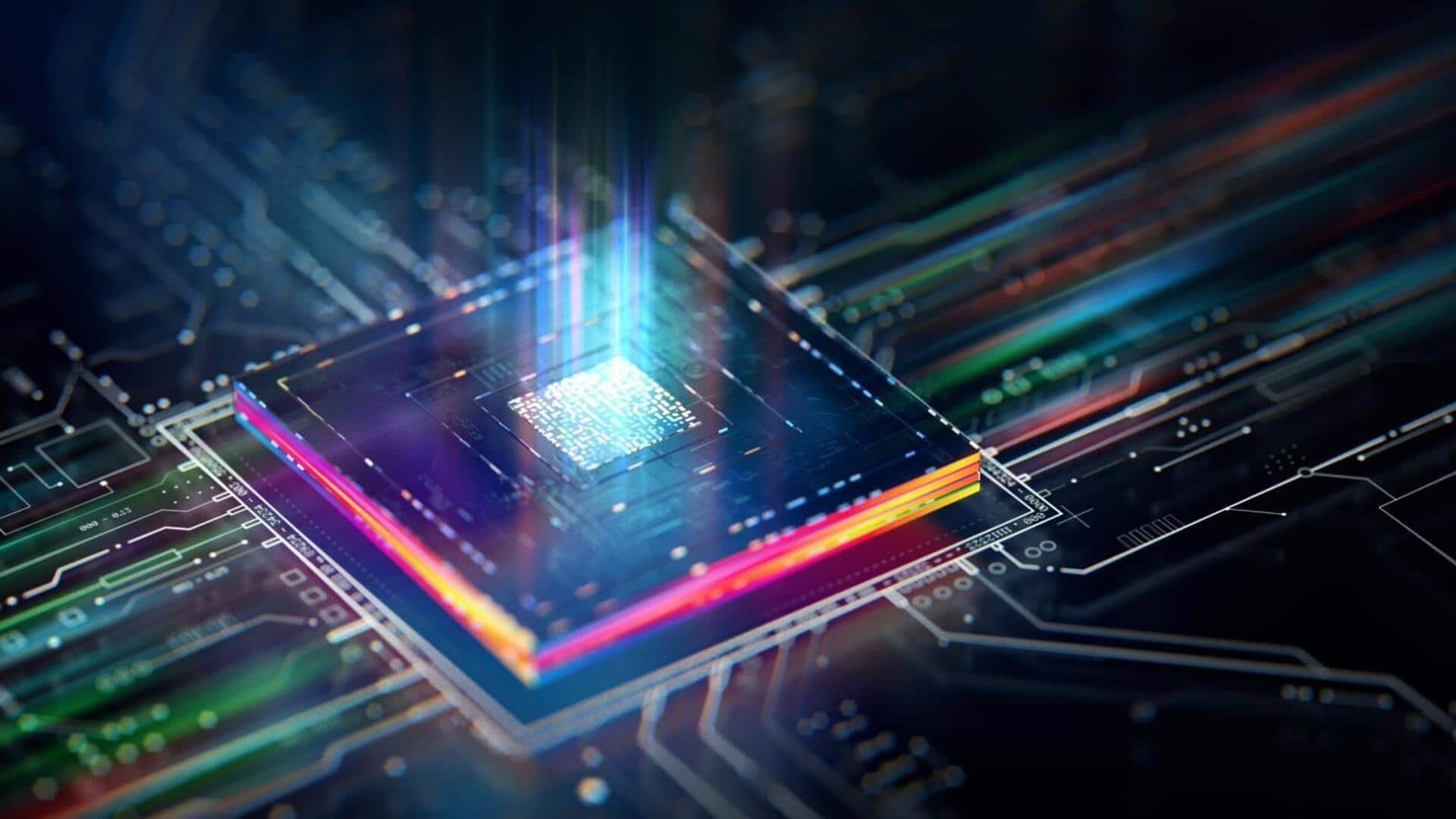
Invisible circuitry? Latest breakthrough shrinks chips to microscopic scale
What's the story
Scientists have unveiled a new material and deposition method that could produce microchips so small they are invisible to the human eye. The team designed metal-organic resists capable of interacting efficiently with "beyond extreme ultraviolet" (B-EUV) radiation, enabling circuit patterns to be etched with unprecedented precision. This breakthrough tackles a central challenge in chip manufacturing, where conventional resists fail to absorb such high-energy beams. In semiconductor production, resists act as light-sensitive masks that transfer circuit patterns onto silicon wafers.
Innovative technique
Circuits can't be seen with the naked eye
The breakthrough uses a chemical liquid deposition (CLD) method involving imidazole-based organics paired with metals like zinc. In this setup, zinc strongly interacts with B-EUV light and triggers chemical reactions that define circuit patterns on silicon wafers. Using this new class of materials, researchers have successfully deposited these resists from solution at wafer scale, controlling thickness with nanometer-level precision. The circuits created are so small that they can't be seen with the naked eye.
Material requirements
New materials and processes needed for smaller chips
The advanced lasers needed for imprinting on these tiny formats already exist. However, researchers need new materials and processes to make smaller microchips. Traditional resists don't react strongly enough with the high-powered radiation beams required to carve out smaller details on chips. But a new class of metal-organics has been found that can accommodate this higher-powered radiation process, called "beyond extreme ultraviolet radiation" (B-EUV).
Chemical transformations
Researchers explored various metal-imidazole combinations
The collaboration spans Johns Hopkins, East China University of Science and Technology, EPFL (École Polytechnique Fédérale de Lausanne), Soochow University, Brookhaven and Lawrence Berkeley labs. By combining experiments with models, the researchers explored various metal-imidazole combinations, identifying pairings particularly effective with B-EUV. They found at least 10 metals could work, potentially offering hundreds of organics, which gives strong flexibility in optimizing absorption and lithographic response. The research was published in Nature Chemical Engineering earlier this week.
Research advancements
Breakthrough could push chip miniaturization forward substantially
In current semiconductor manufacturing, creating ever finer features on chips depends on resists that can properly interact with high-energy light. Traditional resists falter with B-EUV light, limiting how small circuit features can go. The new materials developed by the team absorb B-EUV more efficiently, enabling the production of circuit details significantly smaller than the current standard of ~10 nanometers. This could push chip miniaturization forward substantially. However, scaling from lab to large-scale commercial production remains a challenge.